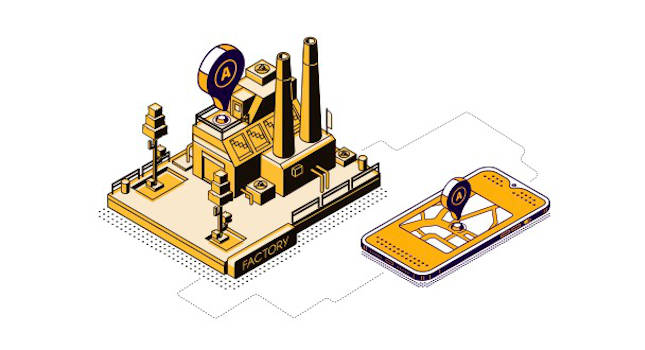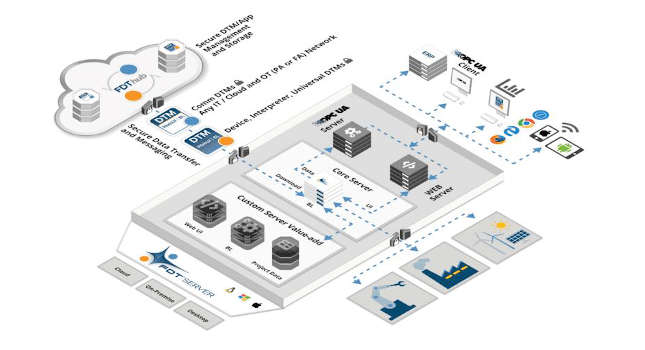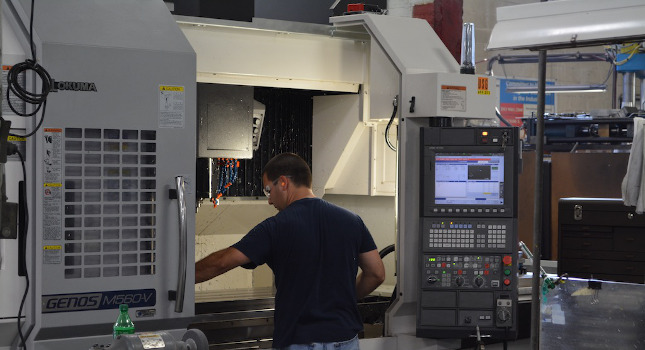Data breaches and cyber attacks are on the rise and one thing is clear: Developing a strong security posture is mission critical. But what about speed?
IT security personnel within large corporations are shutting off critical functionality in security applications to meet network performance demands for business applications, according to the results of a Crossbeam Systems survey.
This “security for speed” trade-off puts employees, customers, partners and other constituents at risk in order to meet business demands. The survey, which polled 500 network security, IT and C-level executives at global enterprises and service providers across all industry sectors, reveals the extent to which IT personnel are struggling to address the “speed vs. security” trade-off.
“The survey results are another proof-point for what has become a growing issue in the industry — the challenge of managing security performance,” said Chris Christiansen, program vice president, Security Products and Services, IDC. “The findings suggest the problem may be far greater than generally perceived, and it serves as a call to action for IT security personnel to take the time to test their solutions under real-world conditions, hold their security vendors accountable for the performance of their products, and gain a true understanding of their network requirements.”
Ninety percent of respondents admit to making a trade-off between security and throughput performance. Moreover, while a majority of respondents (67 percent) agree if forced to choose, security would trump performance when evaluating a security solution, 81 percent also admit to shutting off functionality in a security product because it was slowing down their network.
Other survey findings reveal major factors driving the security vs. performance challenge, including:
- IT security personnel are not testing security products under real-world conditions with 42 percent of respondents saying they did not test the security solutions they were evaluating under real-world traffic loads. Among those that did conduct real-world tests, basic security functions such as intrusion prevention capabilities enabled with recommended policies, were not included.
- Security vendor performance claims are misleading. More than 93 percent of respondents agree security hardware vendor data sheet performance metrics are misleading, with 58 percent affirming they simply do not trust the these performance metrics. The result of this market confusion means more than 60 percent of respondents admit they had to purchase additional hardware for a security solution to address the disparity between what vendors claimed their products could do and reality.
- IT security personnel do not plan for the long term. Massive growth in data traffic demands, caused in part by the use of smartphones, tablets and other personal mobile devices to share multi-media, high-bandwidth content, is forcing IT personnel to anticipate their performance needs years in advance in order to build scalable and secure networks. Yet, survey results reveal a low number of IT personnel at major corporations are thinking beyond the short term. Just over half (51 percent) report they only evaluate their performance needs less than a year to 24 months in advance.
- Security products are not getting full optimization. Security products have become more sophisticated and multi-layered in their defenses. While this has helped organizations prevent attacks and protect users, these products have also become more complex to manage. Next-generation firewalls promise to help IT security personnel achieve greater application visibility and control over their networks with a device that integrates functions such as advanced firewalls, intrusion prevention and application-awareness capabilities. However, the reality is most survey respondents are not using the full capabilities of their next generation firewall and are only using the minimum features.
– Edited by Chris Vavra, Plant Engineering, www.plantengineering.com



